Delete Exp.CVE-2018-5040 from Firefox
Exp.CVE-2018-5040 errors which should also be noticed 0x8024E005 WU_E_EE_NOT_INITIALIZED The expression evaluator could not be initialized., 0x8024401A WU_E_PT_HTTP_STATUS_BAD_METHOD Same as HTTP status 405 - the HTTP method is not allowed., Error 0xC1900200 - 0x20008, 0x80243FFE WU_E_WUCLTUI_UNSUPPORTED_VERSION Unsupported version of WU client UI exported functions., 0x00000079, 0x000000A1, 0x80244014 WU_E_PT_INVALID_COMPUTER_LSID Cannot determine computer LSID., Error 0xC1900106, 0x80240006 WU_E_TOOMANYRANGES The requested number of byte ranges exceeds the maximum number (2^31 - 1)., 0x0000011B, 0x80244FFF WU_E_PT_UNEXPECTED A communication error not covered by another WU_E_PT_* error code. , 0xf0802 CBS_S_ALREADY_EXISTS source already exists, now copy not added, 0x80242015 WU_E_UH_POSTREBOOTRESULTUNKNOWN The result of the post-reboot operation for the update could not be determined., 0x8024001A WU_E_POLICY_NOT_SET A policy value was not set.Delete Exp.CVE-2018-5040 Easily From The Operating System
The cyber Hackers have programmed this Exp.CVE-2018-5040 Operating System malware to take benefits from the innocent user. After the infiltration of such harmful threat the functionality of the Operating System will completely compromised. Along with this Exp.CVE-2018-5040 many other harmful threat will be invited to create more damage to the Operating System. It will immediately open a backdoor which allow the remote hacker to sneak into the Operating System and steal all the private information from the Operating System.
Information like, Browser History, Operating System ID and password, Full Operating System configuration and even install keylogger to your infected Operating System. Over and over unwanted redirection will make you redirect, as to bring more threat this Exp.CVE-2018-5040 will open multiple of phishing website which bring harmful Operating System malware. Because of this harmful and malicious activity you must not delay to Delete such harmful threat from the infected Operating System. The earlier you Delete the threat the less you will suffer.
Part 1 : End Exp.CVE-2018-5040 Related Task/Process From Windows Task Manager
Part 5 : Start Your Operating System in Safe Mode With Networking
Part 1 : End Exp.CVE-2018-5040 Related Task/Process From Windows Task Manager
- First Open The Task Manager. You can do it in 2 way.
- Right Click on Task Bar and the select Task Manager.

- You can also Press ALT+Ctrl+Del to Start Task Manager.
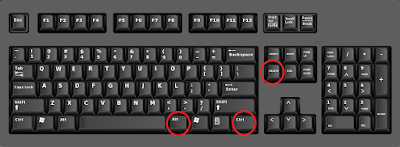
- When the Task Manager Windows will open you have to go to Process Tab.
- On Process Tab select Exp.CVE-2018-5040 related process and then click on End Process.

- Also go to the Task Tab and select the malicious task running On Windows system then click on End Task.
Part 2 : Delete Exp.CVE-2018-5040 From Control Panel On Windows System
Delete Exp.CVE-2018-5040 From Windows 10
- Click on Start Menu then go to Settings option to choose System Option.
- Here on Settings panel choose System option >>> select Apps and Features option.

- On App and Features Panel Find Exp.CVE-2018-5040 >>>> then press Delete option.
Delete Exp.CVE-2018-5040 From Windows 8
- On Windows 8 press Win+R button to open Run Box.
- Type control panel and hit Enter button on search box.
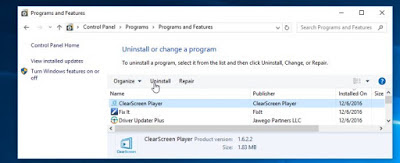
- On Control Panel Windows select Delete a program.
- Find Exp.CVE-2018-5040 and click on Delete.
Delete Exp.CVE-2018-5040 From Windows 7
- Press Windows Button to open All program list on Windows 7.
- From All Program List select Control Panel Option.
- Or Press together Win+R button.

- The select Programs menu again click on Uninstall a programs.
- Select the program which want to Delete then click on Delete icon.
Delete Exp.CVE-2018-5040 From Windows XP
- Open Start menu then select Control Panel on your Windows XP.
- On Control Panel windows click on Add or Remove programs option.
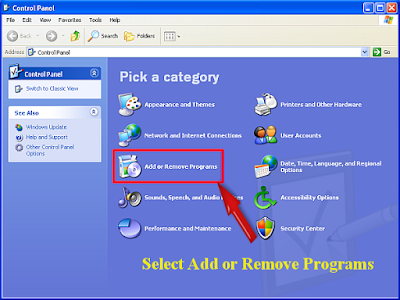
- A list of installed program will appear.
- Now from this list find Exp.CVE-2018-5040 >>> the click on Delete option.
Part 3 : Delete Exp.CVE-2018-5040 From Web Browser
Delete Exp.CVE-2018-5040 From Microsoft Edge
- Click on More (...) icon on your Edge Browser.
- To Set a URL click on A specific page or pages option.
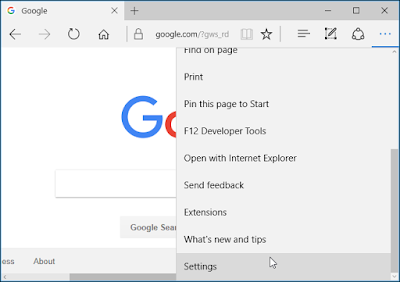
- Type the URL of the page on the Custom Option.
- Restart your Microsoft Edge Browser to Set the change.
Delete Exp.CVE-2018-5040 From Mozilla Firefox
- To open browser menu >>> click on Setting icon (top right corner).
- Now select Add-ons .
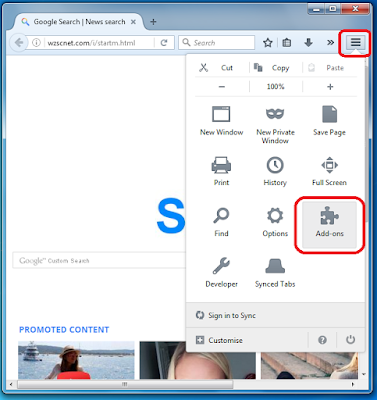
- On Add-ons Manager tab select Extensions or Appearance panel.
- Find Exp.CVE-2018-5040 to Delete it then click on the Delete button or Trash option.

- Restart your Mozilla Firefox to see the change.
Delete Exp.CVE-2018-5040 From Google Chrome
- Click on 3 line icon (top right corner) to open Chrome menu.
- Now click on the Tools option from drop list.
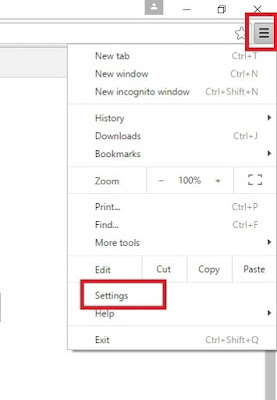
- Select Extension and select all unwanted installed extensions.
- Click on trash icon to Delete Exp.CVE-2018-5040 from Google Chrome.
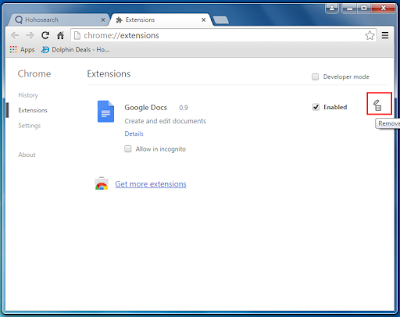
Delete Exp.CVE-2018-5040 From Internet Explorer
- To open Tool Option Press Alt+T buttons.
- Also to open Tools option click on Gear Icon from the right-top corner.
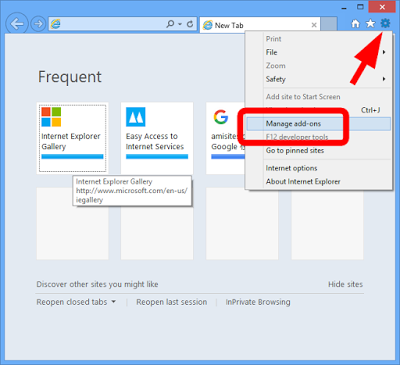
- Click on Manage Add-ons option then select Toolbars and Extensions tab.
- Find Exp.CVE-2018-5040 and related add-ons then Click Disable.
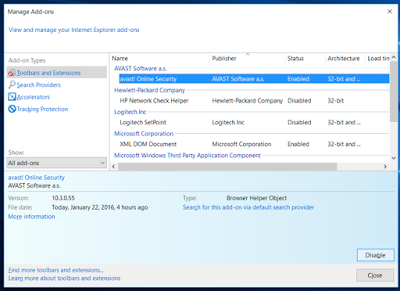
- Finally click on Delete button.
Part 4 : Delete Exp.CVE-2018-5040 From Registry Editor
- Type regedit and hit Enter or Press OK on RUN command to open Windows Registry Editor.
- On the Windows Registry Entry Press CTRL+F key to enable search box.
- Find Exp.CVE-2018-5040 and Delete all related registry files of it.

HKEY_LOCAL_MACHINEOperating SystemCurrentControlSetServicesWpm
HKEY_CURRENT_USERSoftwareMicrosoftInternet ExplorerMain Default_Page_URL
HKEY_LOCAL_Machine\Software\Classes\[Threat name]
HKEY_CURRENT_USER\Software\Microsoft\Windows\CurrentVersion\Run .exe
HKCU\Software\Microsoft\Windows\CurrentVersion\Internet Settings\random
HKEY_LOCAL_MACHINE\SOFTWARE\Microsoft\Windows\CurrentVersion\run\random
HKEY_CURRENT_USER\Software\Microsoft\Windows\CurrentVersion\Internet Settings
Part 5 : Start Your Operating System in Safe Mode With Networking
Delete Exp.CVE-2018-5040 For Windows 8/10
- Click on Start Menu, hold Shift key and the press Restart button.
- In next Window select Troubleshoot option.
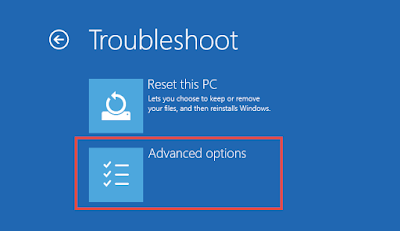
- Again click on Advanced Options.
- Here select the Startup Settings option.
- Select Enable Safe Mode option then click on Restart button.
- Now Press F5 button for Enabling Safe Mode With Networking option.

Delete Exp.CVE-2018-5040 For Window XP/Vista/7
- Restart your Operating System to open in Safe Mode.
- Click Start Menu >> select Restart option.
- Simultaneously hit F8 button while the Operating System start booting.

- Here you will get Advance boot menu.
- In this Advance boot menu then select Safe Mode With Networking Option.
- To open Operating System in Safe Mode With Networking press Enter button.



No comments:
Post a Comment